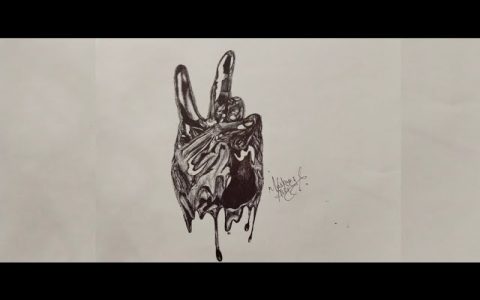Understanding Melting Pens
A "melting pen" generally refers to a handheld device that utilizes a heating element to melt a specific material. This molten material is then extruded or applied for various purposes, ranging from artistic creation and DIY projects to functional repairs or assembly processes.
Common Types of Melting Pens
- 3D Printing Pens: These devices extrude molten thermoplastic filament (e.g., PLA, ABS, PETG) which cools and solidifies rapidly. This allows users to "draw" three-dimensional objects, functioning as portable, simplified versions of 3D printers.
- Hot Glue Pens/Guns: Widely used tools that melt solid glue sticks. The molten adhesive is then dispensed for bonding various materials such as wood, plastic, fabric, and ceramics.
- Wax Sealing Pens/Guns: Designed to melt sealing wax sticks or beads for creating traditional wax seals on envelopes, invitations, or decorative items.
- Pyrography Pens (Wood Burning Tools): While not strictly "melting" the base material, these pens use a heated metallic tip to burn or char designs onto surfaces like wood, leather, or gourds through controlled thermal application.
- Soldering Pens/Irons: Essential tools in electronics, soldering pens melt solder (a metal alloy with a low melting point) to create electrically conductive joints between electronic components and circuit boards.
Core Operational Principle
Most melting pens operate on a similar fundamental principle involving several key stages:
- Material Feed: A solid form of the working material (e.g., plastic filament, glue stick, solder wire) is introduced into the pen, either manually or via an automated feed mechanism.
- Heating Element: An internal electric heating element, typically a ceramic resistor or nichrome wire, raises the temperature at the pen's nozzle or tip to the specific melting point of the material being used.
- Extrusion or Application: Once molten, the material is forced through the nozzle (as in 3D pens or hot glue guns) or applied via the heated tip (as in soldering or pyrography).
- Solidification/Bonding: Upon exiting the pen and contacting a cooler surface or ambient air, the molten material cools, solidifies, and forms the intended structure, bond, or mark.
Key Applications
Melting pens find diverse applications across various fields:

- Arts and Crafts: 3D pens for sculpting and artistic expression, wax pens for decorative sealing, pyrography pens for creating intricate burn art.
- DIY and Home Repair: Hot glue pens for quick fixes, model making, and bonding household items.
- Prototyping and Design: 3D pens allow for the rapid creation of physical models, conceptual designs, and prototypes.
- Electronics Assembly and Repair: Soldering pens are indispensable for creating and repairing connections on printed circuit boards (PCBs) and electronic components.
Important Considerations for Use
When operating any type of melting pen, several factors are crucial for effective and safe use:
- Temperature Control: Different materials melt at different temperatures. Pens with adjustable temperature settings offer versatility and help prevent material degradation or nozzle clogs. Using the correct temperature is paramount.
- Material Compatibility: Always ensure the pen is designed for the specific material you intend to use (e.g., correct filament diameter and type for 3D pens, appropriate solder alloy for electronics).
- Nozzle Maintenance: For extrusion-based pens, keeping the nozzle clean and free of debris is essential for consistent material flow and preventing blockages.
- Safety Precautions:
- Burn Hazard: The nozzle, heated tip, and freshly extruded/applied material can be extremely hot. Always handle with care, avoid direct skin contact, and keep away from flammable materials.
- Ventilation: Adequate ventilation is recommended, especially when melting plastics or other materials that may release fumes or odors.
- Proper Handling: Use a heat-resistant stand or holder when the pen is hot but not in active use to prevent accidental burns or damage to surfaces.
- Power Safety: Follow manufacturer guidelines regarding power supply and electrical safety.







